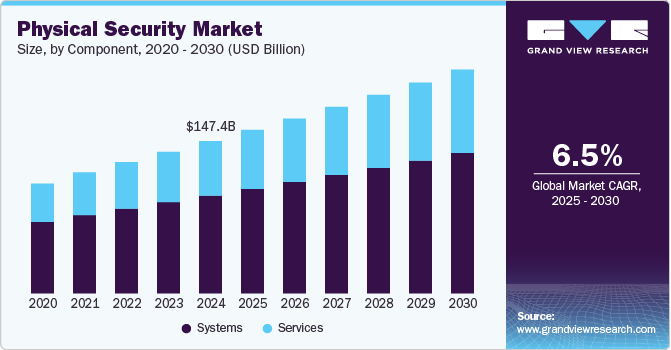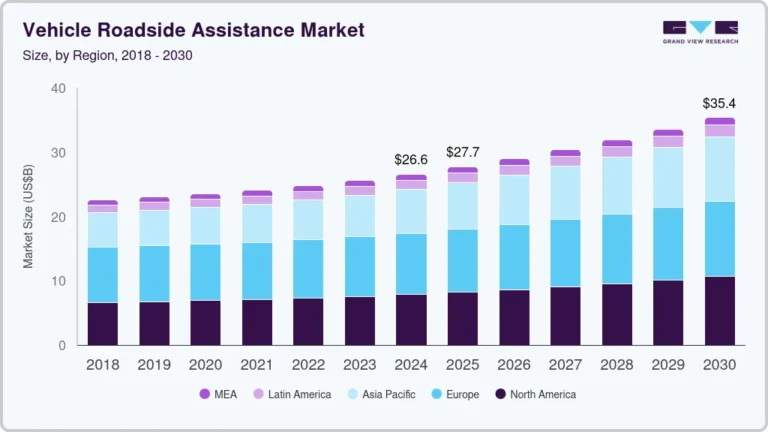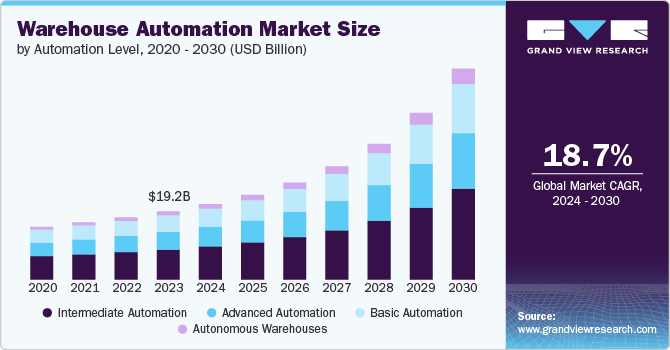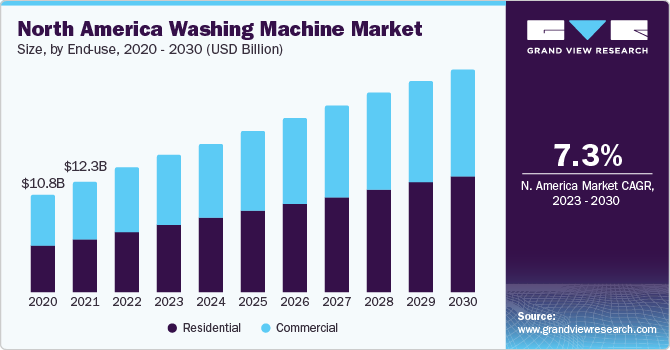Automated Breach And Attack Simulation Market Size, Share, & Trends Analysis grow at a CAGR of 40.0% from 2024 to 2030

The global automated breach and attack simulation market size was estimated at USD 324.18 million in 2023 and is anticipated to grow at a CAGR of 40.0% from 2024 to 2030. The escalating number and complexity of cyber threats significantly drive the growth of the automated breach and attack simulation market. With cybercriminals employing increasingly sophisticated methods, organizations face constant risks of data breaches, ransomware attacks, and other malicious activities. Traditional security measures often fail to identify and mitigate these advanced threats, necessitating a more proactive approach.
Request a free sample copy or view report summary: https://www.grandviewresearch.com/industry-analysis/automated-breach-attack-simulation-market-report/request/rs1
Breach and attack simulation tools address this need by continuously simulating real-world attack scenarios, allowing organizations to detect vulnerabilities and assess their defenses in a controlled environment. This proactive testing ensures that security systems are robust and capable of withstanding actual cyberattacks, enhancing overall cybersecurity resilience. In addition, the continuous nature of breaches and attacks allows for regular updates and improvements to security protocols, adapting to the ever-evolving threat landscape. Automated breach and attack simulation is an essential component of modern cybersecurity strategies, allowing organizations to anticipate and counteract potential threats before they can cause significant damage.
Moreover, technological advancements, particularly in artificial intelligence and machine learning, drive the market’s growth. These technologies have dramatically enhanced the capabilities of breach and attack simulation tools, enabling them to simulate a wide range of sophisticated attack scenarios with high precision. AI and ML allow breach and attack simulation systems to learn from past data, adapt to emerging threats, and predict potential vulnerabilities more accurately than traditional methods. This continuous learning and adaptation mean that breach and attack simulation tools can stay ahead of cybercriminals who are constantly evolving their tactics. Furthermore, these advanced technologies provide automated, real-time analysis of security systems, reducing the time and effort required for manual testing. Integrating AI and ML in breach and attack simulation solutions ensures organizations maintain robust and up-to-date security defenses, significantly improving their overall cybersecurity posture.
Furthermore, the growth of the automated breach and attack simulation market is significantly driven by the increasing wave of digital transformations across various industries. As organizations adopt digital technologies such as cloud computing, the Internet of Things (IoT), and mobile platforms, their IT environments become more complex and interconnected. This expansion introduces new vulnerabilities and increases the potential attack surface for cyber threats. BAS tools are essential in this context, providing a scalable and automated approach to test and assess these dynamic environments continuously.
Offering Insights
The platform and tools segment accounted for the largest market share of over 63% in 2023 in the automated breach and attack simulation market. The ease of integrating the tools into the existing framework drives the segment’s growth. Interoperability allows organizations to enhance their security setups without overhauling their entire infrastructure, facilitating smoother implementation and increasing the attractiveness of automated breach and attack simulation tools.
The services segment is anticipated to grow at a CAGR of 40.6% during the forecast period. The services segment consists of training and on-demand analyst services. The segment’s growth is attributed to the lack of the in-house expertise and resources required to conduct thorough and continuous security testing, especially for small and medium-sized enterprises (SMEs). The service providers fill this gap by offering scalable and affordable solutions that deliver expert-level security assessments. These services allow organizations to benefit from advanced security testing without significant investments in personnel and technology.






